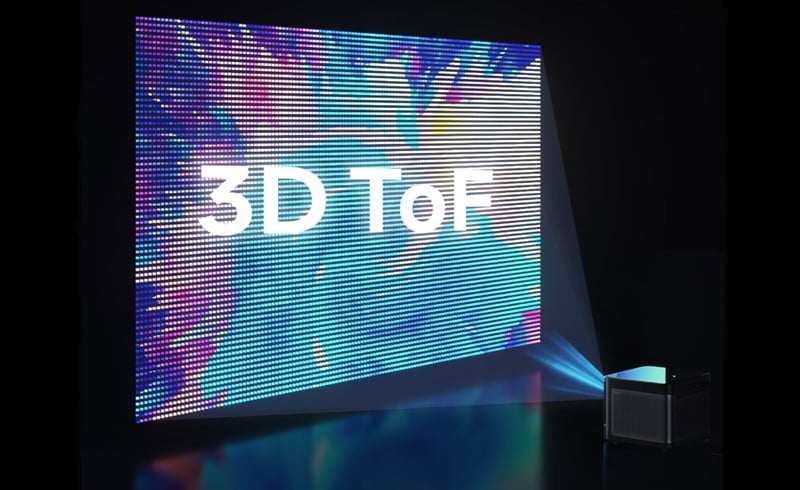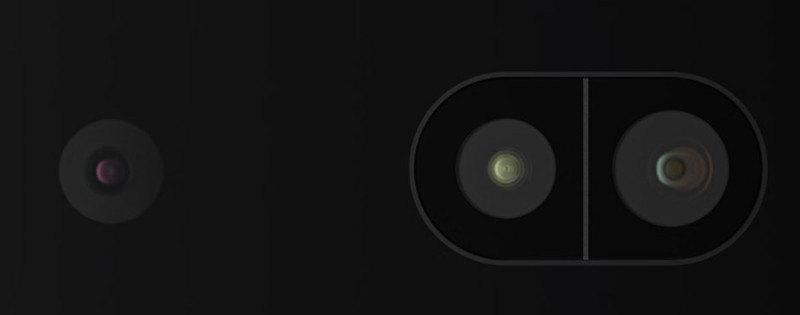



This guide will introduce 3D TOF technology for projectors.
TOF is the abbreviation of Time of Flight technology. The sensor emits modulated near-infrared light, which will be reflected when it encounters an object, then the sensor converts the distance to the scene being photographed by calculating the time or phase difference between the emitted and reflected light to produce depth information.


3D TOF is a scanner-less LIDAR that uses high-power optical pulses in durations of nanoseconds to capture depth information (typically over short distances) from a scene of interest.
The advantage of 3D TOF is its high accuracy, excellent detection capability for small objects, and accurate map building in complex environments. The detection range is not limited to the 2D plane, the obstacle avoidance performance is even better and the response time is fast. 3D TOF is not limited by lighting conditions and can still work efficiently at night or in low-light conditions.
For projectors, 3D TOF can perform better in terms of focus, obstacle avoidance, keystone, ambient light adaption, and more. The keystone and focusing will be slightly quicker and better as the technique can detect and recognize the imaging even in a dark environment.
You may be interested in What Is ISA Technology for Projectors.
Projector usually has a better viewing effect in a dark environment, and therefore projectors with the 3D TOF technique has a better imaging effect.
Nowadays, 3D TOF is usually used in some high-end smart projectors to improve the image adjustment and viewing experience.
Related Posts